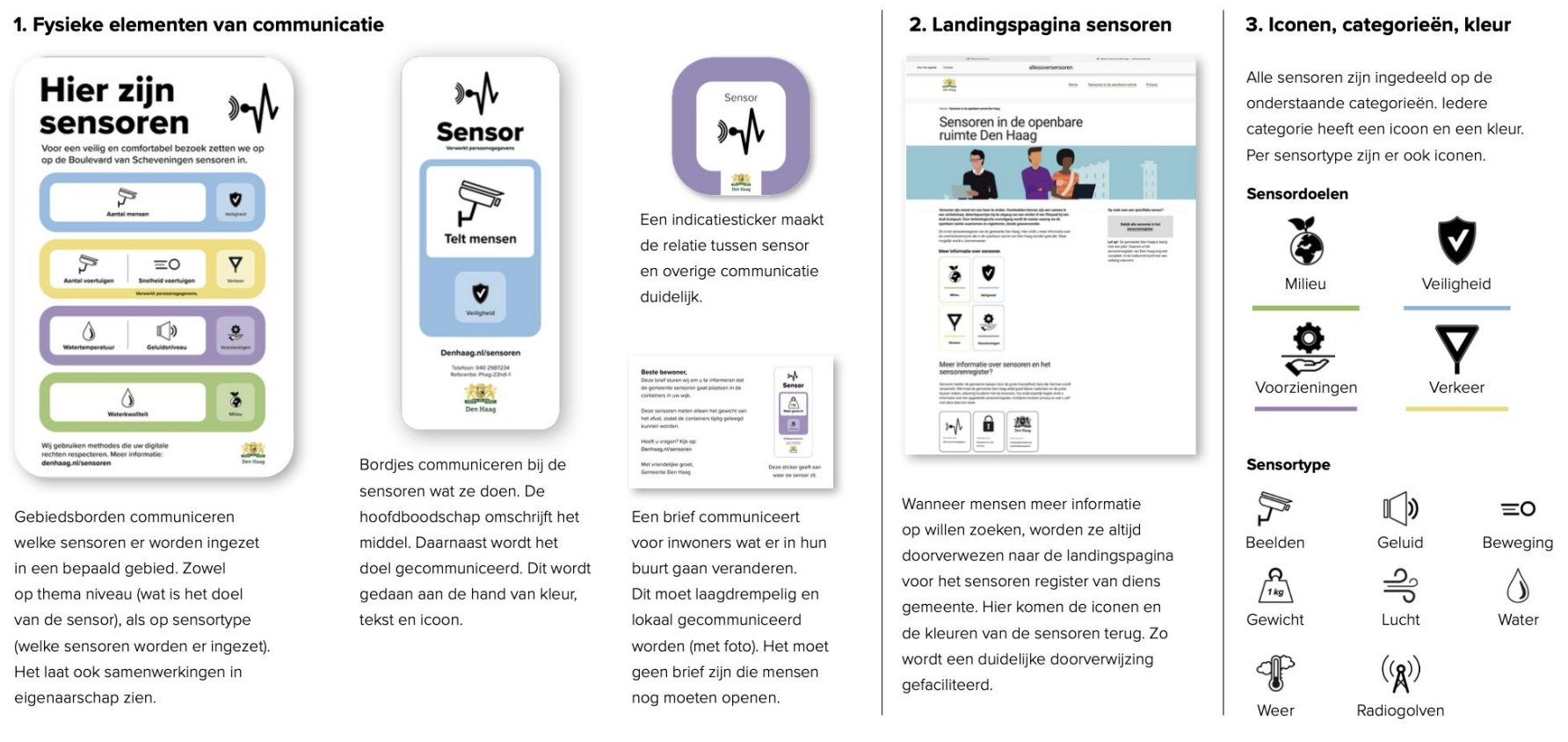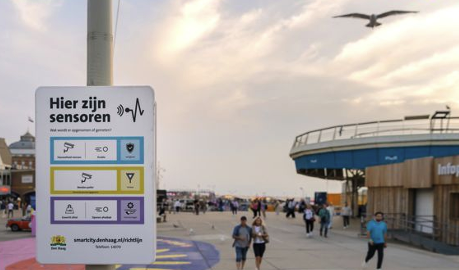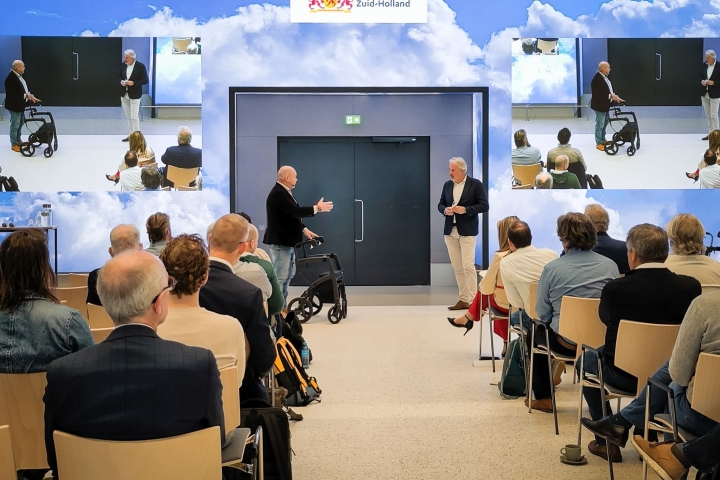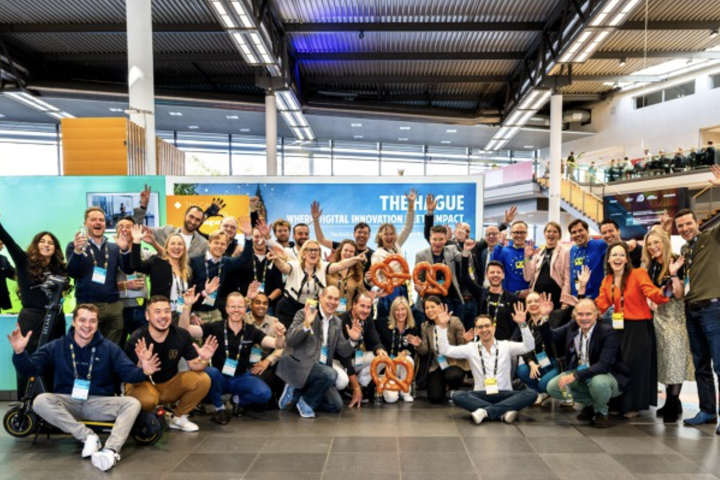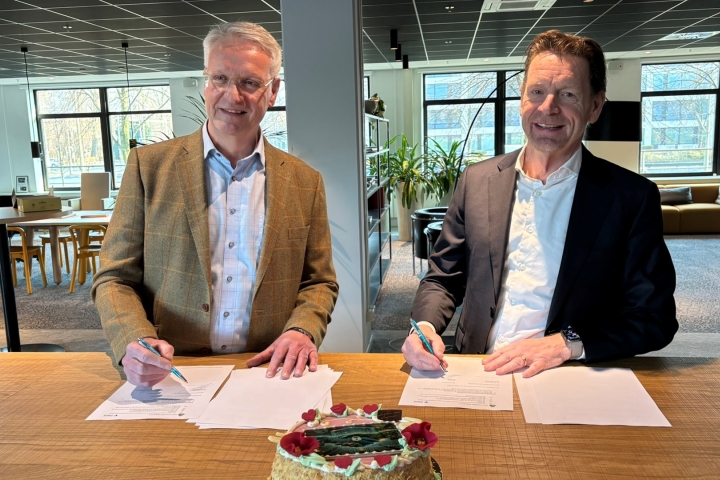Recap Smart Safety & Security Talks: Sensors in Public Spaces
With the growing deployment of sensors in public spaces, clear and consistent communication is becoming increasingly important. Municipalities and governmental organisations are collaborating to ensure transparency regarding sensor usage, emphasising privacy, legal frameworks such as GDPR, and ethical considerations. During the Smart Safety & Security Talk, organised by the Impact Coalitie Safety & Security, Hidde Kamst, digital innovation and smart city advisor at the Municipality of The Hague, and Rins Lindeman, social designer at Muzus, shared their insights on the new communication guideline for sensors in public spaces.
A diverse consortium, including the Responsible Sensing Lab, the municipalities of Amsterdam, The Hague, Utrecht, and Rotterdam, AMS Institute, the Province of Noord-Brabant, VNG, and TU Delft, has spent two years developing this guideline to clarify the use of government sensors. In collaboration with citizens, research institutions, civil servants, and designers, pilot projects were conducted in The Hague and Amsterdam. Icons, stickers, and signs were tested to provide clear and accessible information to the public. The guideline outlines a standardised process, including location selection, manager approval, online communication, and maintenance.
Key Lessons and Actions
- Avoid clutter in public spaces.
- Develop a consistent national visual identity.
- Involve all relevant stakeholders early in the process.
- Place signs and communication materials in accessible locations.
The guideline applies to municipalities and other public bodies, such as the police and emergency services.
Challenges: Drones and Complex Sensor Usage
For mobile sensors, such as drones, the consortium is exploring recognizable communication tools, like visual markers or logos of the responsible authority. In areas with multiple sensors—or a single sensor serving various purposes—layered information can be provided, specifying what sensors are present and their intended uses.
The Need for a National Sensor Register
The consortium advocates for a centralized register managed by the Ministry of the Interior. This register would allow citizens to access information on:
- The location of deployed sensors.
- Their purpose and usage.
- How privacy is safeguarded.
- Available data insights.
Access and Implementation
The guideline is available through the Toolkit Taal and VNG. Although it currently has advisory status, the goal is for the Ministry of the Interior and Kingdom Relations (BZK) to oversee its management and ensure widespread implementation.
With the communication guideline for government sensors, an essential step is being taken toward greater transparency and trust for residents and visitors regarding the use of sensors in public spaces.
For more information or questions about this new communication guideline, feel free to contact the Impact Coalitie Smart Safety & Security, at info@veiligesmartcities.nl.
